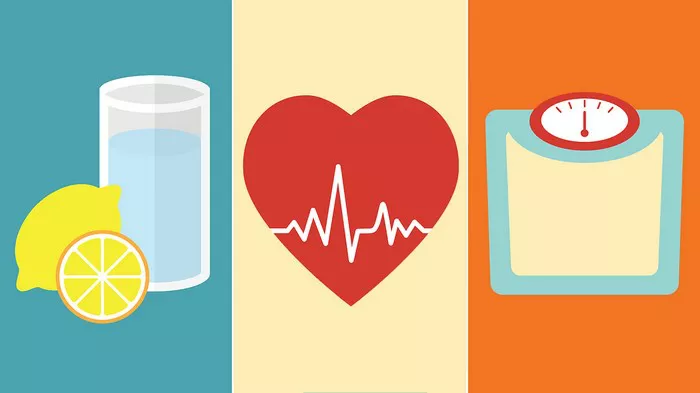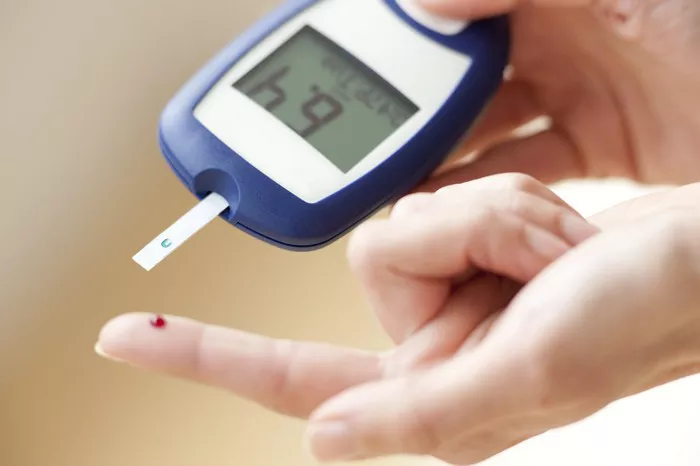Diabetes is a chronic metabolic disorder characterized by elevated blood sugar levels resulting from either insufficient insulin production or the body’s ineffective use of insulin. Among the various types of diabetes, type 2 diabetes is the most common and is often associated with insulin resistance. In this article, we will delve into the intricacies of type 2 diabetes, exploring its definition, mechanism, risk factors, symptoms, diagnosis, treatment, complications, prevention, and prognosis.
Type 2 diabetes is a condition where the body becomes resistant to the effects of insulin or fails to produce enough insulin to maintain normal blood sugar levels. Insulin resistance refers to the decreased ability of cells to respond to insulin, leading to impaired glucose uptake by tissues such as muscle and fat cells. As a result, glucose accumulates in the bloodstream, leading to hyperglycemia.
Mechanism
The physiological mechanism behind insulin resistance in type 2 diabetes involves a complex interplay of genetic, environmental, and lifestyle factors. Adipose tissue, especially visceral fat, releases pro-inflammatory cytokines and adipokines, which interfere with insulin signaling pathways. This chronic low-grade inflammation contributes to insulin resistance by impairing insulin receptor function and downstream signaling events. Moreover, excess free fatty acids in circulation further exacerbate insulin resistance by disrupting intracellular insulin signaling and promoting lipotoxicity in tissues.
Symptoms
Common symptoms of both insulin resistance and type 2 diabetes include increased thirst (polydipsia), frequent urination (polyuria), fatigue, blurred vision, slow wound healing, and recurrent infections. However, some individuals with insulin resistance may remain asymptomatic for an extended period, making early detection challenging.
Diagnosis
Diagnosing insulin resistance and type 2 diabetes typically involves assessing blood sugar levels and insulin sensitivity through various tests. Fasting blood glucose, oral glucose tolerance test (OGTT), and glycated hemoglobin (HbA1c) are commonly used diagnostic tests to evaluate glucose metabolism and identify insulin resistance and diabetes.
Treatment and Management
The cornerstone of managing insulin resistance and type 2 diabetes involves lifestyle modifications, including dietary changes, regular exercise, and weight management. Additionally, pharmacological interventions such as insulin sensitizers (e.g., metformin, thiazolidinediones) and oral hypoglycemic agents (e.g., sulfonylureas, DPP-4 inhibitors) may be prescribed to improve glycemic control.
Complications
Untreated insulin resistance and poorly managed type 2 diabetes can lead to various complications, including cardiovascular disease, neuropathy, nephropathy, retinopathy, and foot ulcers. These complications significantly impact the quality of life and increase the risk of morbidity and mortality.
Prevention
Preventing or delaying the onset of insulin resistance and type 2 diabetes involves adopting a healthy lifestyle. This includes maintaining a balanced diet rich in fruits, vegetables, whole grains, and lean proteins, engaging in regular physical activity, achieving and maintaining a healthy weight, avoiding tobacco use, and managing stress effectively. Regular medical check-ups and screening tests are essential for early detection and intervention.
Prognosis
The prognosis for individuals with insulin resistance and type 2 diabetes depends on various factors, including early detection, adherence to treatment and lifestyle modifications, genetic predisposition, and presence of comorbidities. With timely intervention and appropriate management, individuals can lead a fulfilling life while minimizing the risk of complications associated with diabetes.
Conclusion
Type 2 diabetes and insulin resistance are complex metabolic conditions that require a multifaceted approach to management. By understanding the underlying mechanisms, recognizing risk factors, and implementing preventive strategies, individuals can mitigate the impact of diabetes on their health and well-being. Early diagnosis, combined with lifestyle modifications and medical therapy, plays a pivotal role in improving the prognosis and enhancing the quality of life for individuals living with type 2 diabetes and insulin resistance.
Related Topics:
Does Intermittent Fasting Help With Insulin Resistance?
























